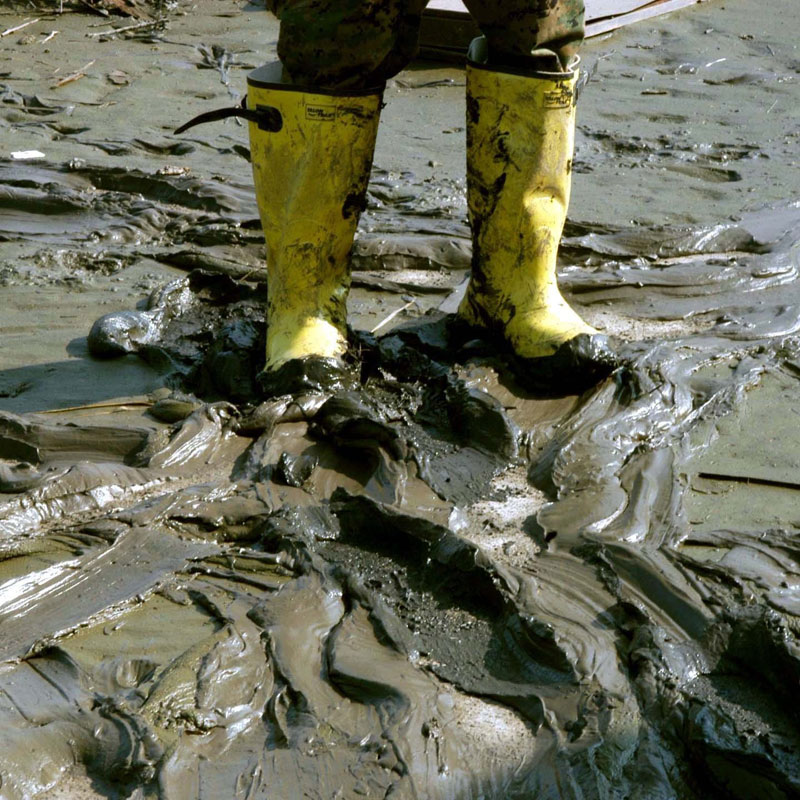
Debris removal is the process of hauling away landscaping and construction debris. Hydro excavation is suggested for sites where grinding or burning is not applicable to get rid of debris. The places that typically need debris removal are construction and demolition sites, areas of vegetation accumulation, and areas where concrete and asphalt need to be hauled away.
The precision and accuracy of the hydro excavation process can remove debris without any destruction caused to the surrounding area. Also, since most construction sites are already hazardous to begin with, hydro excavation does not add to that.
Backhoes were commonly used in debris removal before hydro excavation was developed. This heavy machinery used a large digging bucket mounted on a tractor to excavate and haul away debris. This method has the possibility of damaging the environment. Also, if the equipment malfunctions, accidents may occur and injure the laborers.
With the use of a combination of highly pressurized water and a vacuum, hydro excavation can clear out structures and areas of debris. The pressurized water is blasted into the ground through the use of a handheld device. The slurry is then vacuumed from the away from the site by a debris hose and is transferred to a large debris tank.
Using hydro excavation for removing debris gives you a lower possibility of damaging the surrounding area. The hydro excavation process is able to do that because of the precision and accuracy that it provides. It is a totally non-destructive and non-mechanical process.
This new process of digging also lessens traffic and congestion in the site because the bulk of the equipment that is needed can be positioned away from the actual work site. This will allow for more work space and creates a less cluttered area to work in.
